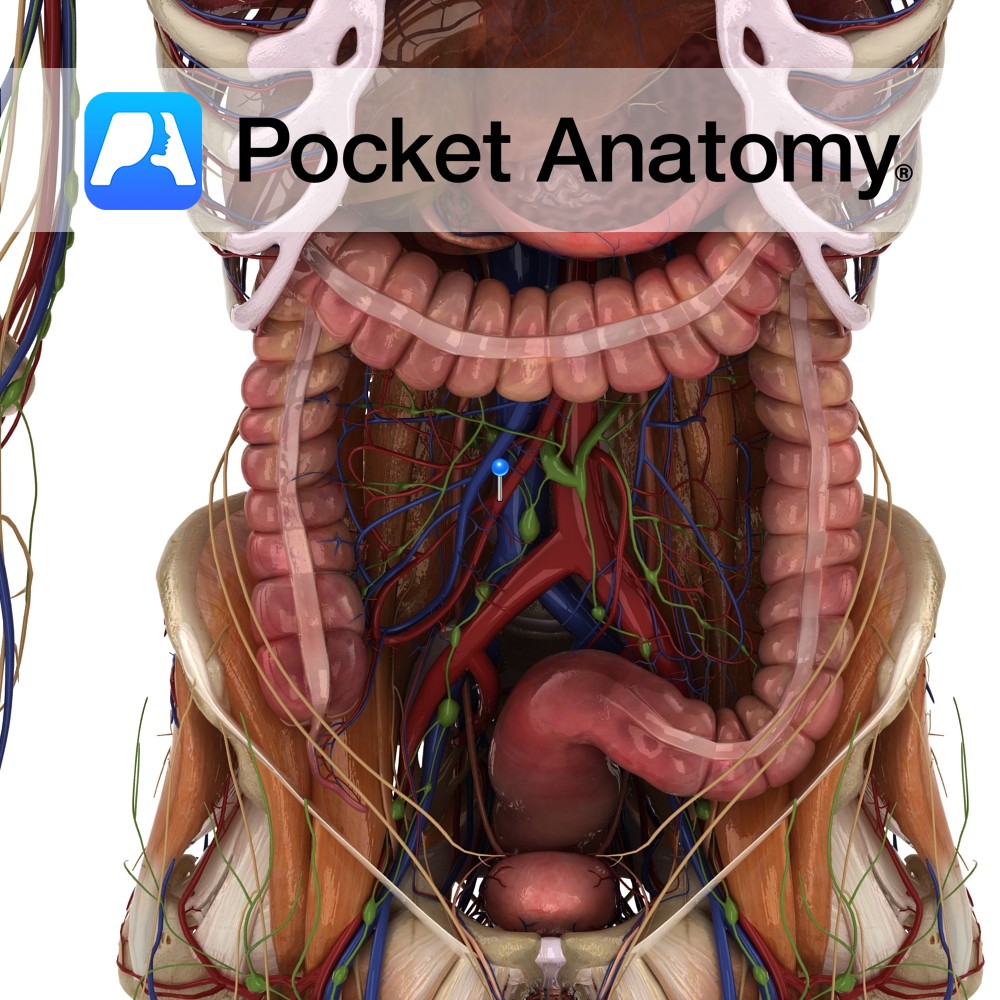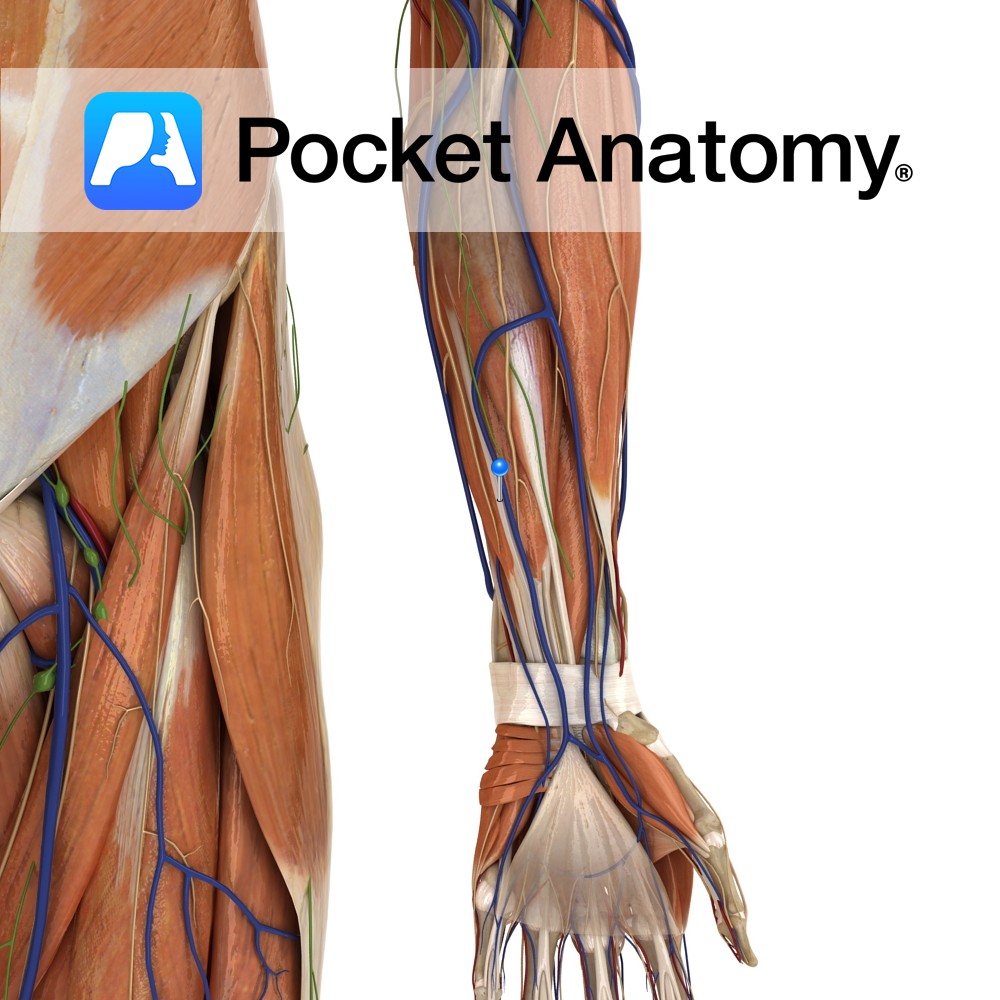Anatomy
Paired organ upper abdomen, in paravertebral gutter behind peritoneum (both just below diaphragm, right one behind liver, a little smaller and lower than left, behind spleen; adrenal gland on top of each).
Bean-shaped, convex lateral and concave medial surfaces. 11th, 12th ribs afford some protection behind. Hilum at medial surface; artery from aorta, vein to inferior vena cava, ureter down to bladder. Parenchyma comprises cortex superficially (convex), medulla deep (concave) in form of 8-18 lobes (each medullary part a pyramid of Malpighi, its base towards cortex), separated by columns of Berti.
Ureter continuous with renal pelvis, major and minor calyces.
Clinical
Kidneys receive 20% cardiac output, filter (100-130 mls/ min or 180L/day), reabsorb (c. 98%), secrete (typically2L urine/day), remove wastes (such as urea, ammonium), reabsorb (water, glucose, amino acids), maintain (along with other organs/glands) aspects (acid-base
balance ie pH – along with lungs, electrolyte balance, BP – through salt/water adjustment) of internal environment (hemostasis).
Produce hormones such as renin (part of system that increases NaCl levels, extracellular volumes and hence BP), calcitrol (promotes GI absorption of Ca), erythropoietin (promotes red cell production). Nephron basic functional unit; vascular (afferent arteriole – glomerular
capillaries – efferent arteriole – peritubular capillaries – renal vein) and urinary element (Bowman’s capsule – urinary tubule).
Vignette
Common conditions: traumatic injury (blow to small of back, with transient bleeding/pain); infection (pyelonephritis, usually ascending from bladder, commoner on females as ureter shorter); stones (4:1 M:F, severe colicy pain which shifts down as stone moves/stops, 80% contain Ca and visible plain X-ray, most resolve/pass; nephritic/nephrotic syndromes (glomerular inflammation/damage with retention of salt and water and therefore elevation of BP, nephritic – loss through urine of protein, mainly albumin and RBCs in urinary casts, nephrotic – loss of protein, multiple causes/associations, may go on to kidney failure, hemodialysis, transplant; cancer, renal cell commonest (80%), risk factors include chemicals such as cadmium.
Interested in taking our award-winning Pocket Anatomy app for a test drive?



.jpg)

